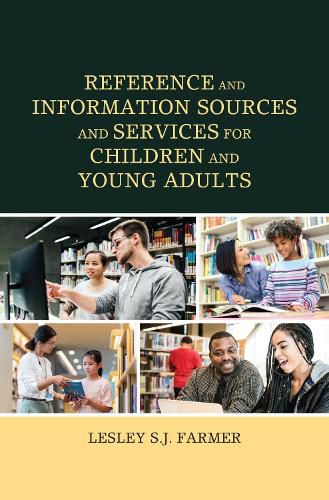Readings Newsletter
Become a Readings Member to make your shopping experience even easier.
Sign in or sign up for free!
You’re not far away from qualifying for FREE standard shipping within Australia
You’ve qualified for FREE standard shipping within Australia
The cart is loading…






Reference and information services are more important than ever for today’s young people. By analyzing key features of reference and information services to young people in school and public library environments, including the research behind the trends and issues, librarians can make sure that those services are appropriately responsive to children and teens. Based on standards and evidence-based practice, this book helps you to optimize those resources and services by: providing guidance in assessing youth communities, determining youth’s information needs and information behaviors, developing and maintaining age-appropriate reference collections (starting with the book’s core list of print and online resources), optimizing physical and virtual access to reference and information sources, interacting with youth and facilitating their reference and information literacy skills, curating and producing reference and information products, dealing with relevant legal and ethical issues, and planning effective library reference and information services for youth. Chapter sidebar examples provide food for thought.
$9.00 standard shipping within Australia
FREE standard shipping within Australia for orders over $100.00
Express & International shipping calculated at checkout
Reference and information services are more important than ever for today’s young people. By analyzing key features of reference and information services to young people in school and public library environments, including the research behind the trends and issues, librarians can make sure that those services are appropriately responsive to children and teens. Based on standards and evidence-based practice, this book helps you to optimize those resources and services by: providing guidance in assessing youth communities, determining youth’s information needs and information behaviors, developing and maintaining age-appropriate reference collections (starting with the book’s core list of print and online resources), optimizing physical and virtual access to reference and information sources, interacting with youth and facilitating their reference and information literacy skills, curating and producing reference and information products, dealing with relevant legal and ethical issues, and planning effective library reference and information services for youth. Chapter sidebar examples provide food for thought.